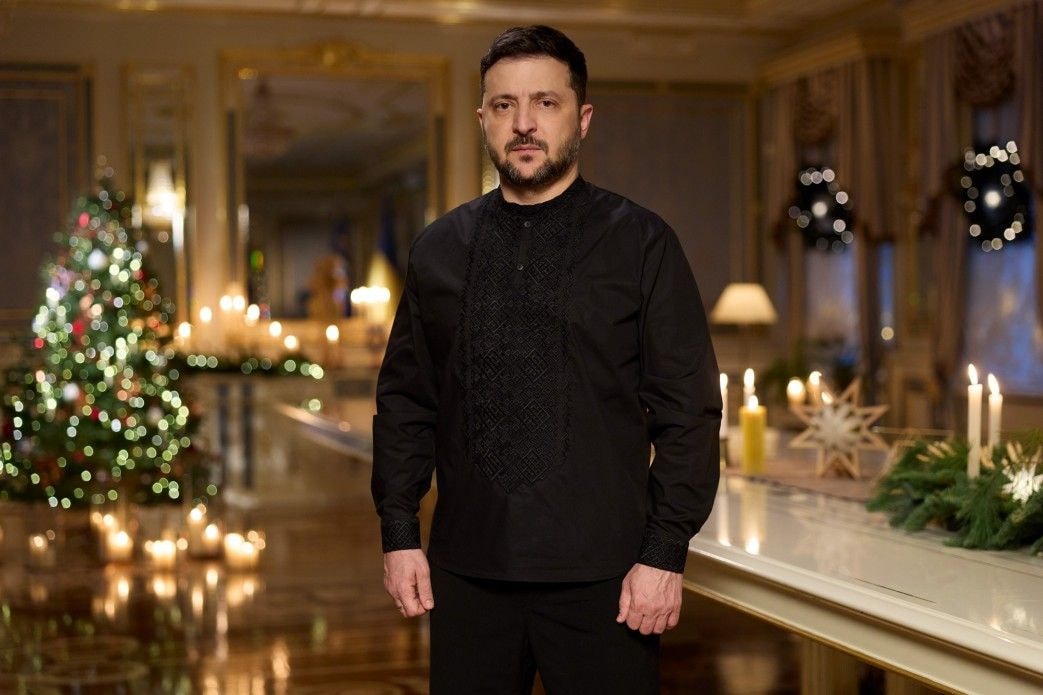
Operation Vistula — the expulsion of Ukrainians from post-war Poland
Ukrainian Insurgent Army (UPA) members captured by soldiers of the Polish Army near Sanok, Poland, on May 1947. (IPN Archive)
Editor’s note: This article was a winning story idea, voted on by members of the Kyiv Independent’s community. Join our community today and join our exclusive members-only Discord channel, where you can discuss and suggest stories, ask our journalists questions, and more.
Following World War II and the subsequent redrawing of borders in Europe, Polish authorities forced out roughly 700,000 Ukrainians from their homes in what became Poland's new southeastern frontier.
It was this act that the Ukrainian parliament condemned on July 29 as an unlawful deportation.
The expulsions, carried out between 1944 and 1951 primarily in what is today Poland's Subcarpathia, Lublin, and Lesser Poland regions, culminated in Operation Vistula, which saw some 140,000-150,000 Ukrainians forcibly resettled under the guise of combating Ukrainian nationalist insurgents.
The Ukrainian condemnation comes a few months after the Polish authorities recognized July 11 as the day of remembrance for the victims of the "genocide committed by the OUN (Organization of Ukrainian Nationalists) and the UPA (Ukrainian Insurgent Army)," making it an official holiday.
The genocide in question refers to the Volyn Massacre of 1943-1944, carried out by the Ukrainian Insurgent Army against Poles living in what is today Ukraine, underscoring the resurgent role of historical grievances in Polish-Ukrainian relations.

As Polish President-elect Karol Nawrocki and other Polish leaders continue to oppose Ukraine's EU membership based on decades-old conflicts, history once again shapes the contours of modern politics.
Soviet-Polish population exchange
The end of World War II saw the entire Polish state move westward. Multiethnic regions of Volyn and Galicia, home to almost 5 million Ukrainians and 2 million Poles before the war, found themselves part of the Ukrainian Soviet Socialist Republic (SSR), while roughly 700,000 Ukrainians remained within the confines of the renewed Polish state.
However, the ethnic violence that accompanied World War II meant there was little appetite for multiethnic states after the conflict.
Violent clashes between Poles and Ukrainians peaked during the Volyn Massacres of 1943-44, when the Ukrainian Insurgent Army (UPA) killed tens of thousands of Poles in the Volyn region and elsewhere. Thousands of Ukrainians were killed in reprisals.
Victors of World War II sought to prevent these conflicts from repeating by evicting millions of people from their homes and forging new nation-states.
On Sept. 9, 1944, Nikita Khrushchev, the communist chief of the Ukrainian SSR who would later become the Soviet leader, signed a deal with the Soviet-backed Polish authorities in Lublin on a mass cross-border population exchange.
According to the Ukrainian Institute of National Memory, the initial phase of the resettlement — carried out between October and December 1944 — was largely voluntary.
But things took a violent turn the following year. As more and more Ukrainians refused to leave, the military and security forces of the communist-ruled Poland began arresting men, attacking villages, and even killing civilians, historian Timothy Snyder writes in his 1999 work, "To Resolve the Ukrainian Problem Once and for All: The Ethnic Cleansing of Ukrainians in Poland, 1943–1947."
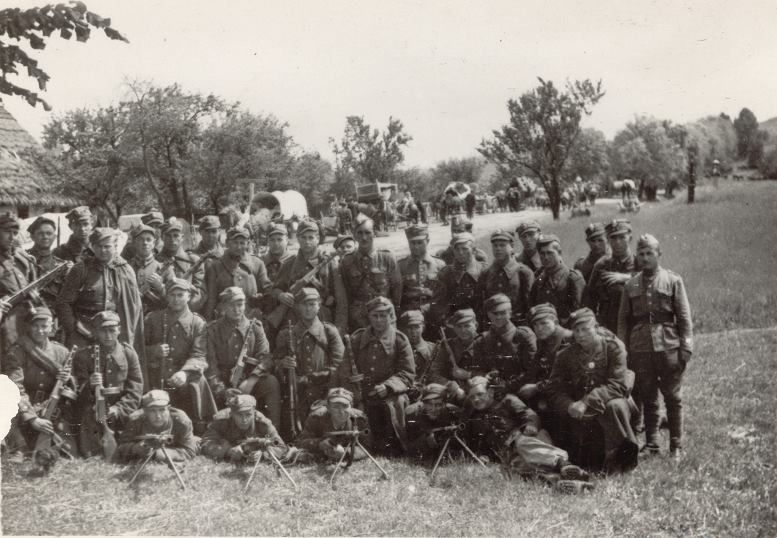
For example, 56 residents of the Zawadka Morochowska village were killed by Polish troops on Jan. 25, 1946, the Ukrainian Institute for the National Memory says.
Remnants of UPA and other Ukrainian nationalist groups still operating in Poland responded by attacking Polish officers and burning evacuated Ukrainian villages to prevent Polish resettlement. These attacks only further fueled the Polish crackdown.
Polish authorities' real goal: making sure "that Ukrainian communities could never arise again in Poland."
Over 482,000 Ukrainians were resettled from Poland to the USSR in 1944-1946. Rusyn, Boyko, and Lemko peoples, ethnic groups closely related to Ukrainians living in or around the Carpathian Mountains, had to find new life in the unfamiliar environs of the industrialized eastern Ukraine or the Black Sea coast.
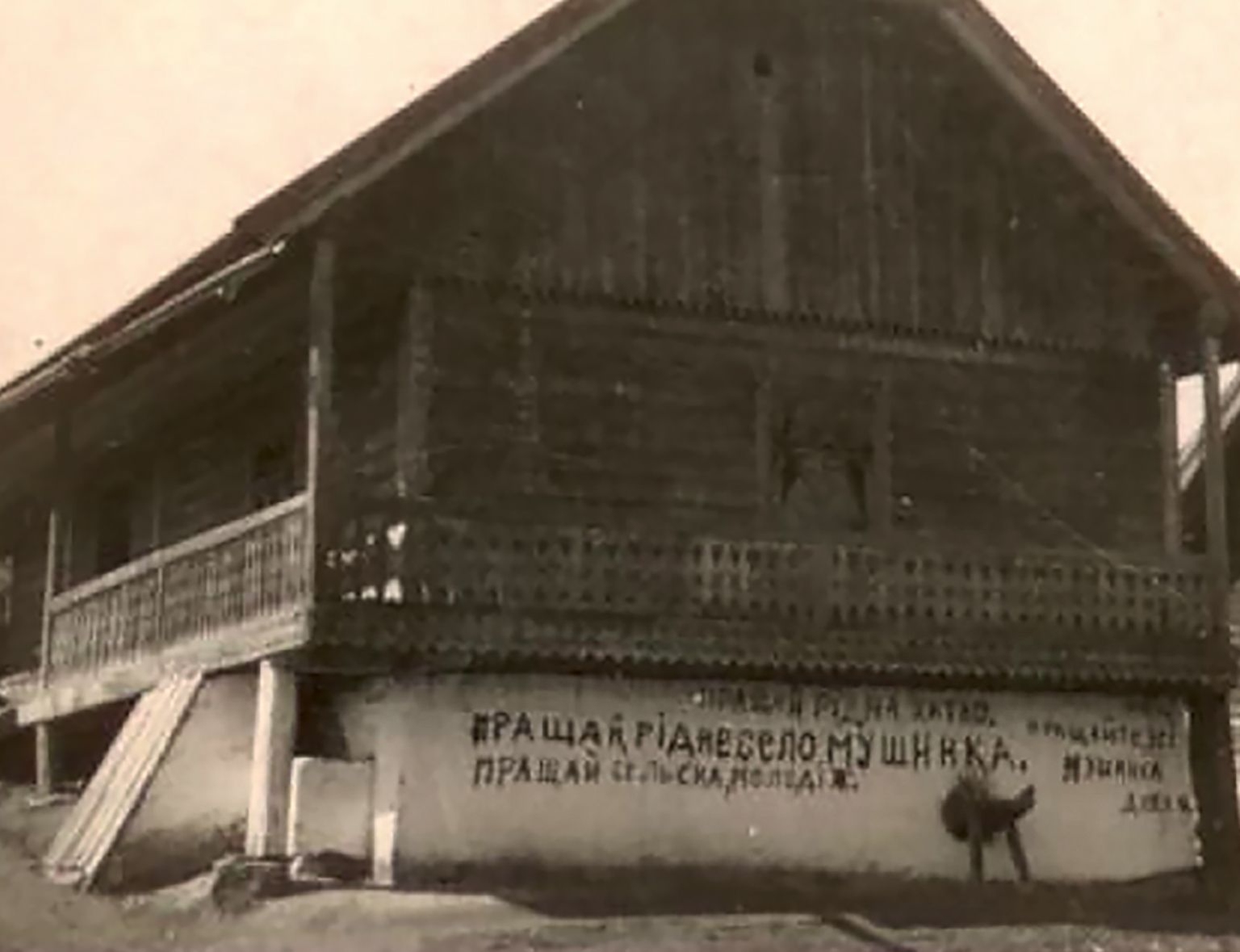
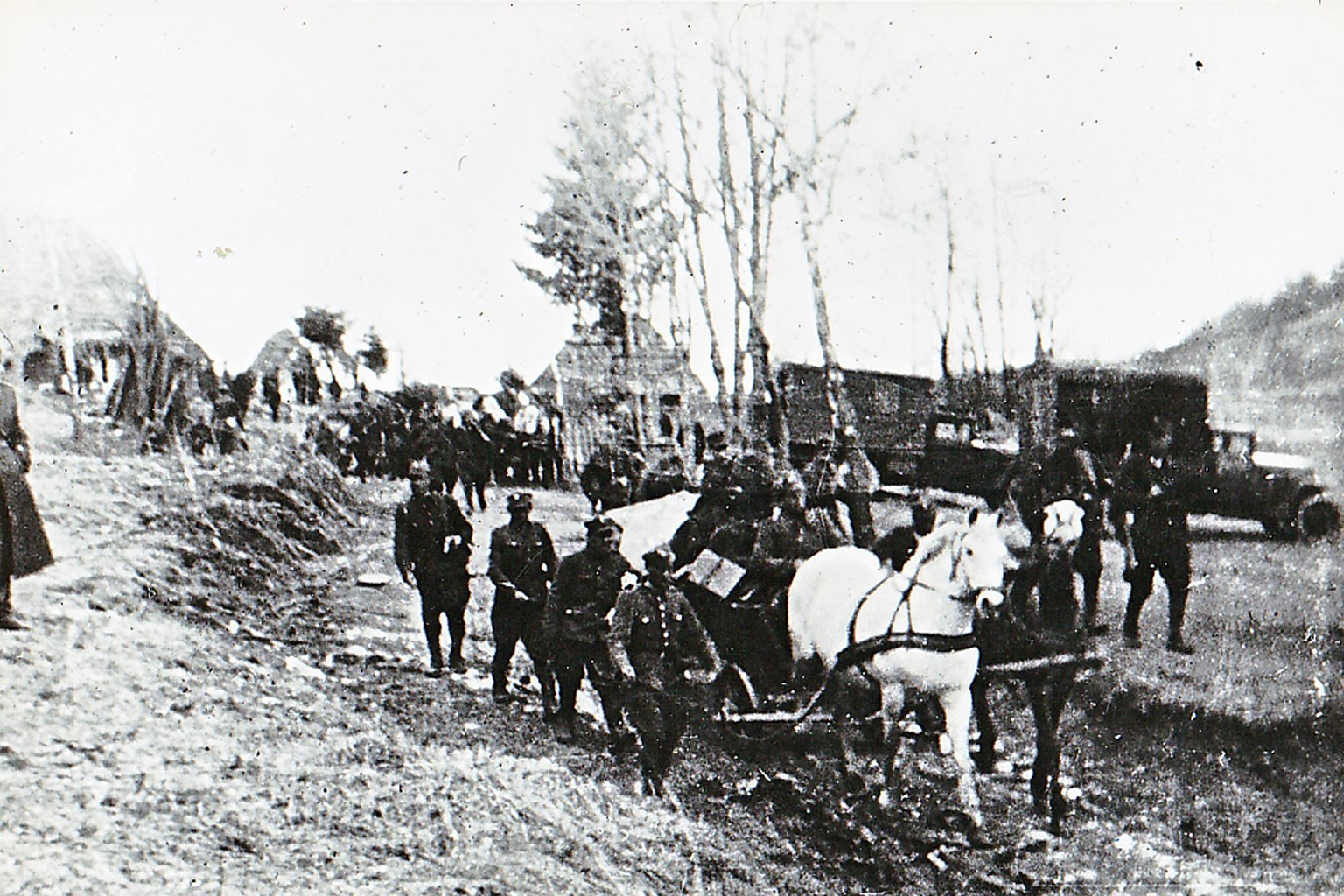
As the Soviet-Polish agreement did not specify the criteria for determining one's nationality, the Nazi Kennkarte identification card often served as the main indicator for eviction.
Simultaneously, over 1 million Poles were resettled from western Ukraine to Poland. According to Snyder, many Poles left voluntarily — driven by fear of looming Stalinist repression and haunted by the recent memory of UPA violence.
Operation Vistula
The forced expulsion of Ukrainians from the Polish borderlands would culminate in 1947 with Operation Vistula (originally dubbed Operation East).
Following the killing of Polish General Karol Swierczewski in an ambush on March 28, 1947, the Polish authorities escalated their eviction campaign.
According to Snyder, the general's death was "probably a pretext" for the Polish authorities' real goal: making sure "that Ukrainian communities could never arise again in Poland."
Between April and July, Poland deployed approximately 20,000 soldiers and internal security forces to forcibly remove the Ukrainian population from the Bieszczady and Lower Beskids mountain areas.

Officials justified the operation by claiming that eliminating the insurgents' support base — the local Ukrainian communities — was the most effective way to suppress the resistance.
Entire families were evicted, while their homes, churches, and cemeteries were destroyed, according to researchers from the Ukrainian Institute of National Memory.
"The forced resettlement led to the destruction of the historical, material, moral, and cultural heritage of the Lemko, Boyko, Nadsanie, Chelm, and Podlasie regions, and put entire ethnographic groups of the Ukrainian people at risk of extinction."
Up to 150,000 Ukrainians were violently driven from their homes during the operation. As Moscow was no longer interested in resettling them in the Ukrainian SSR, they were instead dispersed across western and northern territories that Poland gained from Germany.
A crackdown against UPA forces went hand-in-hand with the expulsions. Polish forces "eliminated" over 1,500 Ukrainian insurgents and destroyed nearly 1,200 of their hideouts, the Ukrainian Institute of National Memory said.
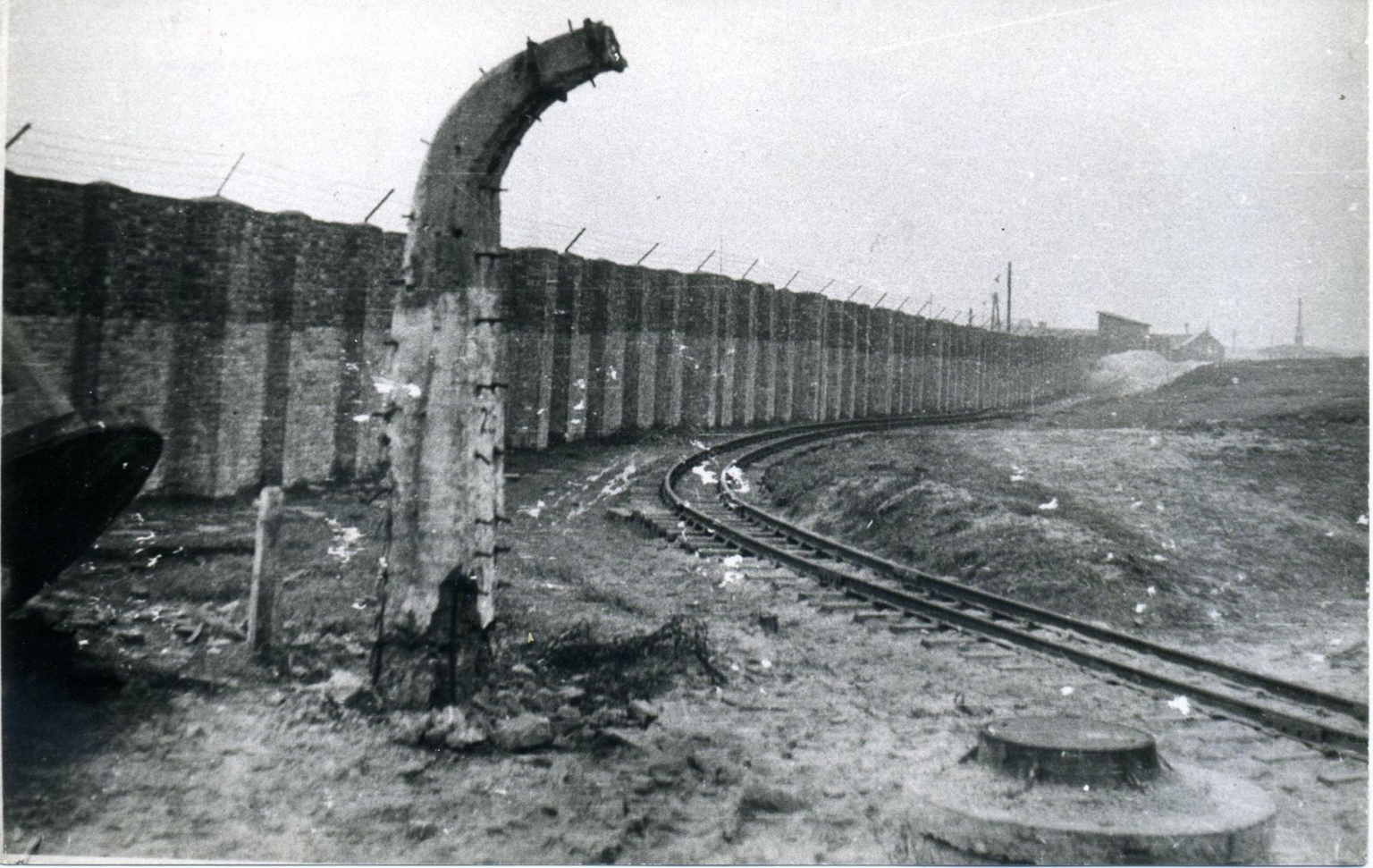
Close to 4,000 Ukrainians suspected of collaborating with the Ukrainian Insurgent Army were imprisoned in the Jaworzno concentration camp, of whom around 200 died of torture, according to the institute.
To make sure that no UPA fighters escape, Czechoslovak and Soviet forces sealed off the Polish border. The Soviet security force, the NKVD, carried out a parallel Operation West in western Ukraine, deporting tens of thousands of families of suspected UPA members to Siberian camps.
While the Operation Vistula was officially justified as solely a means to root out the insurgents, "communities that had not supported the UPA, mixed families, Lemkos returning from Red Army service, loyal Communist party members trained in the Soviet Union, and Communists who had helped 'repatriate' Ukrainians in the previous wave were all forcibly resettled," Snyder writes.
Polish authorities achieved what they set out to do — UPA activities in Poland effectively ceased. However, expulsions would continue all the way until 1951, by which time some 700,000 Ukrainians — most of what remained of the Ukrainian community in the country — were driven out to the USSR or other Polish regions.
The legacy of expulsion
Centuries-old communities of Ukrainians, Boykos, and Lemkos ceased to exist as a result of the expulsions. The exiles lost most of their property, as the Soviet state provided only limited compensation, the Ukrainian Institute of National Memory says.
"The forced resettlement led to the destruction of the historical, material, moral, and cultural heritage of the Lemko, Boyko, Nadsanie, Chelm, and Podlasie regions, and put entire ethnographic groups of the Ukrainian people at risk of extinction," the researchers noted.
While Operation Vistula is broadly denounced in Ukraine as ethnic cleansing, the Polish perspective is more complex. One narrative that dates back to the Stalinist-era propaganda argues that the expulsions were justified as a response to the Volyn massacre carried out by the UPA.
After the fall of сommunism, the leadership in Kyiv and Warsaw attempted to start a new chapter of their history and reconcile their past grievances.
"This is another step in our ongoing effort to dismantle the shadow of Soviet totalitarianism, to call things by their real names, to stitch together a torn history."
Then-Polish President Aleksander Kwasniewski voiced regret for the operation in 2002. Calling it a "symbol of the abominable deeds perpetrated by the communist authorities," the Polish president dismissed the narrative that Operation Vistula was a revenge for the Volyn Massacre as "ethically inadmissible."
Five years later, Polish President Lech Kaczynski and his Ukrainian counterpart, Viktor Yushchenko, jointly condemned the operation as a violation of human rights.

However, the controversial legacy has resurfaced in recent years as history has overshadowed Polish-Ukrainian relations.
In a shocking move for Ukraine, the prosecutor's office of the Polish Institute of National Remembrance declared in 2023 that the Operation Vistula "was a preventative and protective, not repressive" measure. The prosecutors concluded there were "no grounds" to call the resettlement a crime against humanity.
Following an appeal from the Association of Ukrainians in Poland, a Warsaw court overruled the decision a year later, arguing that some of the institute's reasoning was "taken straight from the Stalinist propaganda."
Despite the court ruling, the case demonstrated that competing narratives continue to persist in Poland.
Ukrainian politics also wasn't spared from historical battles. In 2019, Ukrainian lawmakers submitted a bill officially recognizing the expulsion of Ukrainians as illegal and criminal deportations. By then, the relationship between Ukraine and Poland's Law and Justice-led conservative government was already strained.
The legislation rested in the Verkhovna Rada until it was finally approved in 2025, amid the Russian full-scale invasion.
"...(This) is not just a format act — it is a recognition of the fate of thousands whose lives were broken by an irreversible border line drawn without their consent," Oleksandr Alfiorov, head of the Ukrainian Institute of National Memory, said on Facebook.
"This is another step in our ongoing effort to dismantle the shadow of Soviet totalitarianism, to call things by their real names, to stitch together a torn history."
The move was not merely symbolic — it granted victims and their families the legal right to seek compensation for both material losses and emotional suffering.
Polish historian and political analyst Lukasz Adamski said on X that the passage of the years-old law is a response to a recent decision by the Polish authorities to recognize the "genocide committed by the OUN and UPA" at the national level.
While it does not directly harm Polish-Ukrainian relations, Adamski called the move "another manifestation of the Ukrainian political class's conviction that in relations with Poland, a 'dignity policy' should be pursued."
It also shows that Kyiv believes that "matters related to Volyn should be answered with at least some form of symmetry," he added.
Note from the author:
Hi, this is Martin Fornusek. I hope you enjoyed this article.
At the Kyiv Independent, our team strives to bring you in-depth insight into Ukraine's history and culture.
This work is only possible thanks to the support of readers like you. If you value independent journalism, please consider joining the Kyiv Independent's community.

